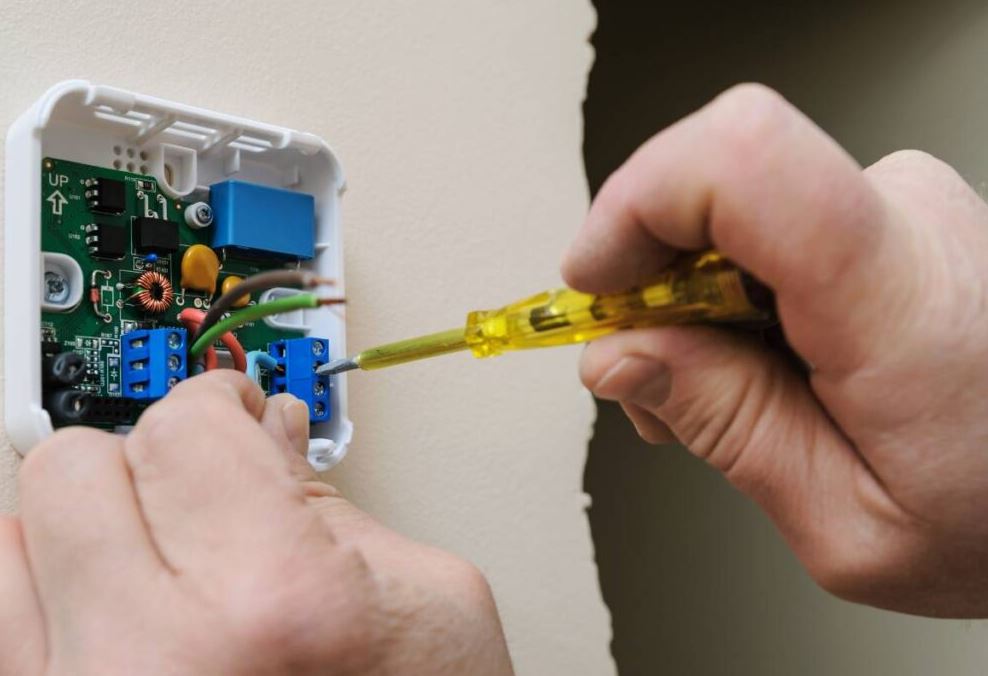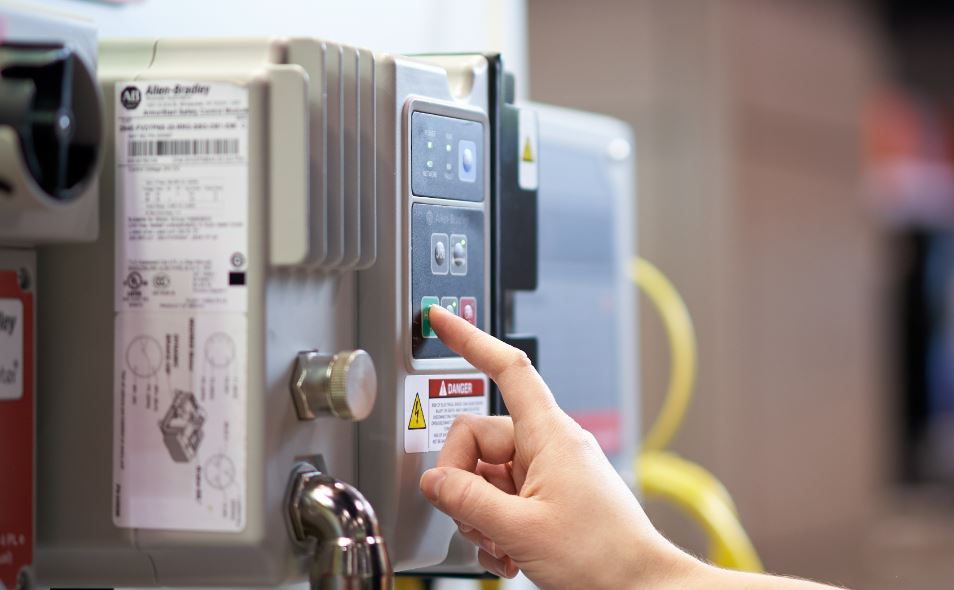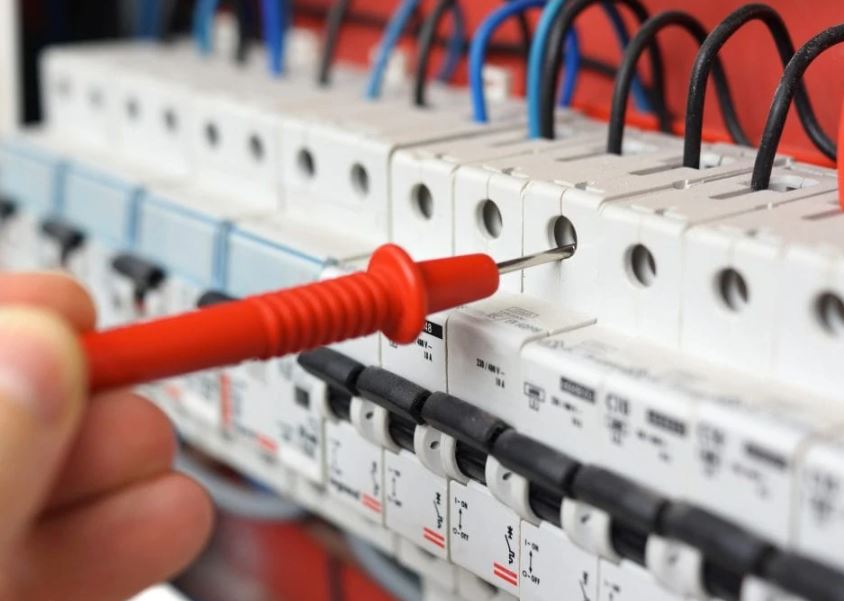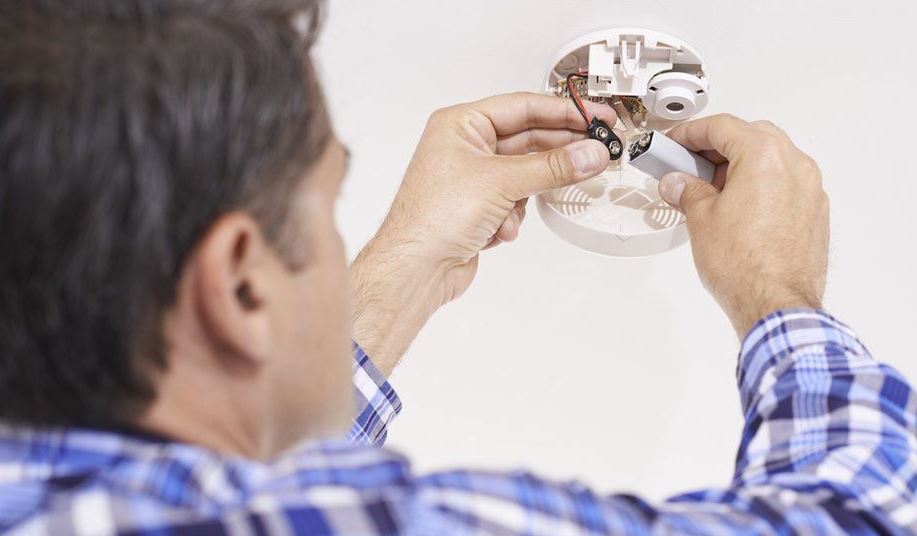Safeguarding Gold Coast Businesses: The Journey of Test and Tag Gold Coast
Safeguarding Gold Coast Businesses: The Journey of Test and Tag Gold Coast
In the bustling commercial landscape of the Gold Coast, where every business strives to shine, safety stands as the cornerstone of success. Among the myriad safety protocols, one vital practice often overlooked is the regular testing and tagging of electrical equipment. This is where Test and Tag Gold Coast steps in, weaving a narrative of diligence, challenges, and lessons learned in ensuring the safety fabric of businesses across the region.
As the sun rises over the iconic skyline of the Gold Coast, the team at testandtaggoldcoast.com embarks on their daily mission: to safeguard workplaces from the silent threat of faulty electrical equipment. With years of experience under their belt, they understand that this journey is not merely about compliance but about fostering a culture of safety that resonates with every client they serve.
The first challenge often encountered is reluctance from businesses to prioritise test and tag procedures. Many perceive it as a cumbersome obligation rather than a proactive investment in safety. However, the team at Test and Tag Gold Coast transforms this challenge into an opportunity for education. Through informative workshops and personalised consultations, they enlighten businesses about the grave consequences of neglecting electrical safety, instilling a sense of responsibility and urgency.

Once businesses embrace the importance of test and tag, the next hurdle lies in navigating the labyrinth of regulations and standards specific to the Gold Coast region. Here, meticulous attention to detail is paramount. Test and Tag Gold Coast leaves no stone unturned, meticulously studying and staying abreast of local regulations to ensure every testing procedure aligns with the highest safety standards.
Throughout my journey with Test and Tag Gold Coast, I’ve gleaned invaluable lessons that have not only shaped my approach to ensuring safety but also enriched my perspective on the significance of our work:
Safety is Non-Negotiable: The foremost lesson I’ve learned is that safety cannot be compromised. It’s not just a regulatory requirement but a fundamental responsibility we owe to our clients and their employees. Every test and tag procedure is a vital step towards safeguarding lives and livelihoods.
Education is Empowerment: I’ve realised the power of education in fostering a culture of safety. By engaging with businesses and imparting knowledge about the importance of test and tag procedures, we empower them to take proactive measures to mitigate electrical risks. Awareness breeds responsibility, and education is the cornerstone of change.
Adaptability is Key: In the dynamic landscape of safety regulations and technological advancements, adaptability is crucial. I’ve learned to embrace change and stay agile, whether it’s mastering new testing methodologies or navigating evolving compliance standards. Flexibility allows us to stay ahead of the curve and deliver exceptional service to our clients.
Collaboration Yields Solutions: Challenges are inevitable, but they also present opportunities for collaboration. By working closely with clients and leveraging collective expertise, we can overcome even the most daunting obstacles. Collaboration fosters innovation, enabling us to find creative solutions to complex problems.
Continuous Improvement is Imperative: The journey towards safety is never-ending. I’ve come to understand that there’s always room for improvement, whether it’s refining our processes, embracing new technologies, or enhancing our skills. Continuous improvement is not just a goal; it’s a mindset that drives us to strive for excellence every day.
Trust is Earned: Trust forms the bedrock of our relationships with clients. I’ve learned that trust is not given; it’s earned through transparency, reliability, and consistent delivery of results. Building trust takes time and effort, but it’s essential for fostering long-term partnerships built on mutual respect and confidence.
Every Interaction Matters: Whether it’s a consultation with a client or a routine inspection, every interaction is an opportunity to make a positive impact. I’ve learned to approach each interaction with empathy, professionalism, and integrity, knowing that our actions can influence perceptions and attitudes towards safety.
Celebrate Successes, Learn from Failures: In our pursuit of safety, it’s important to celebrate successes, no matter how small, and learn from failures. Each success reinforces our commitment to our mission, while each failure presents a valuable learning opportunity for growth and improvement.
These lessons have not only shaped my journey with Test and Tag Gold Coast but have also instilled in me a deeper appreciation for the importance of our work in safeguarding businesses and communities. As I continue on this journey, I carry these lessons with me, knowing that they serve as guiding principles in our collective pursuit of safety excellence.
Safeguarding Gold Coast Businesses: The Journey of Test and Tag Gold Coast
In the bustling commercial landscape of the Gold Coast, where every business strives to shine, safety stands as the cornerstone of success. Among the myriad safety protocols, one vital practice often overlooked is the regular testing and tagging of electrical equipment. This is where Test and Tag Gold Coast steps in, weaving a narrative of diligence, challenges, and lessons learned in ensuring the safety fabric of businesses across the region.
As the sun rises over the iconic skyline of the Gold Coast, the team at testandtaggoldcoast.com embarks on their daily mission: to safeguard workplaces from the silent threat of faulty electrical equipment. With years of experience under their belt, they understand that this journey is not merely about compliance but about fostering a culture of safety that resonates with every client they serve.
The first challenge often encountered is reluctance from businesses to prioritise test and tag procedures. Many perceive it as a cumbersome obligation rather than a proactive investment in safety. However, the team at Test and Tag Gold Coast transforms this challenge into an opportunity for education. Through informative workshops and personalised consultations, they enlighten businesses about the grave consequences of neglecting electrical safety, instilling a sense of responsibility and urgency.
Once businesses embrace the importance of test and tag, the next hurdle lies in navigating the labyrinth of regulations and standards specific to the Gold Coast region. Here, meticulous attention to detail is paramount. Test and Tag Gold Coast leaves no stone unturned, meticulously studying and staying abreast of local regulations to ensure every testing procedure aligns with the highest safety standards.
Throughout my journey with Test and Tag Gold Coast, I’ve gleaned invaluable lessons that have not only shaped my approach to ensuring safety but also enriched my perspective on the significance of our work:
Safety is Non-Negotiable: The foremost lesson I’ve learned is that safety cannot be compromised. It’s not just a regulatory requirement but a fundamental responsibility we owe to our clients and their employees. Every test and tag procedure is a vital step towards safeguarding lives and livelihoods.
Education is Empowerment: I’ve realised the power of education in fostering a culture of safety. By engaging with businesses and imparting knowledge about the importance of test and tag procedures, we empower them to take proactive measures to mitigate electrical risks. Awareness breeds responsibility, and education is the cornerstone of change.
Adaptability is Key: In the dynamic landscape of safety regulations and technological advancements, adaptability is crucial. I’ve learned to embrace change and stay agile, whether it’s mastering new testing methodologies or navigating evolving compliance standards. Flexibility allows us to stay ahead of the curve and deliver exceptional service to our clients.
Collaboration Yields Solutions: Challenges are inevitable, but they also present opportunities for collaboration. By working closely with clients and leveraging collective expertise, we can overcome even the most daunting obstacles. Collaboration fosters innovation, enabling us to find creative solutions to complex problems.
Continuous Improvement is Imperative: The journey towards safety is never-ending. I’ve come to understand that there’s always room for improvement, whether it’s refining our processes, embracing new technologies, or enhancing our skills. Continuous improvement is not just a goal; it’s a mindset that drives us to strive for excellence every day.
Trust is Earned: Trust forms the bedrock of our relationships with clients. I’ve learned that trust is not given; it’s earned through transparency, reliability, and consistent delivery of results. Building trust takes time and effort, but it’s essential for fostering long-term partnerships built on mutual respect and confidence.
Every Interaction Matters: Whether it’s a consultation with a client or a routine inspection, every interaction is an opportunity to make a positive impact. I’ve learned to approach each interaction with empathy, professionalism, and integrity, knowing that our actions can influence perceptions and attitudes towards safety.
Celebrate Successes, Learn from Failures: In our pursuit of safety, it’s important to celebrate successes, no matter how small, and learn from failures. Each success reinforces our commitment to our mission, while each failure presents a valuable learning opportunity for growth and improvement.
These lessons have not only shaped my journey with Test and Tag Gold Coast but have also instilled in me a deeper appreciation for the importance of our work in safeguarding businesses and communities. As I continue on this journey, I carry these lessons with me, knowing that they serve as guiding principles in our collective pursuit of safety excellence.
Related information about test and tag Gold Coast:
https://hipages.com.au/connect/goldcosttestandtag
https://www.electricaltesting.com.au/test-and-tag/gold-coast
https://thelocalguystestandtag.com.au/test-and-tag-gold-coast/

















